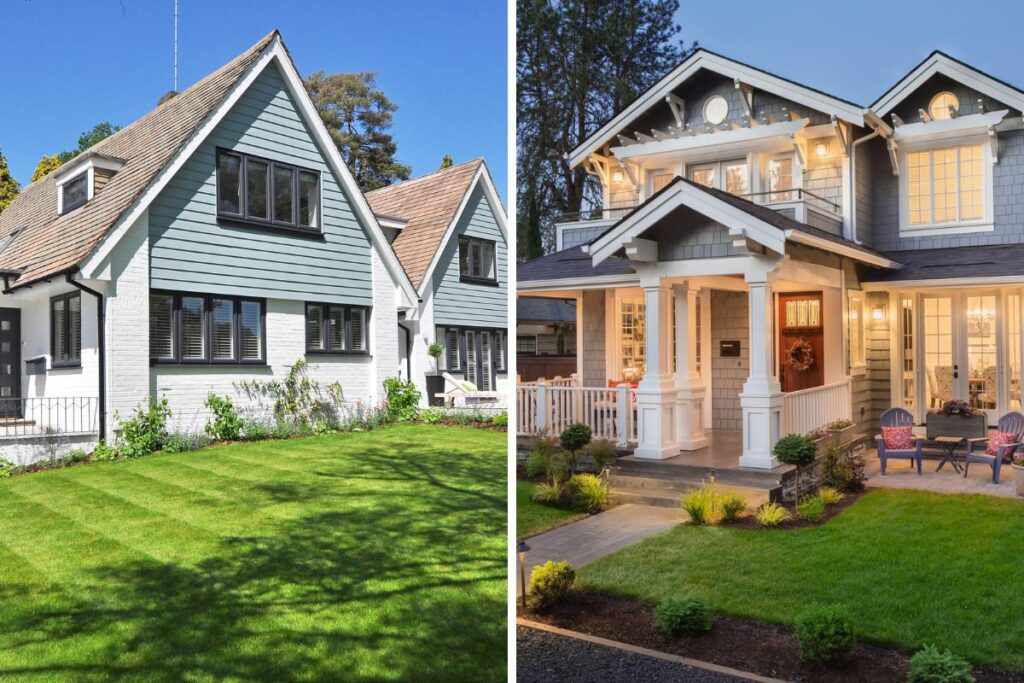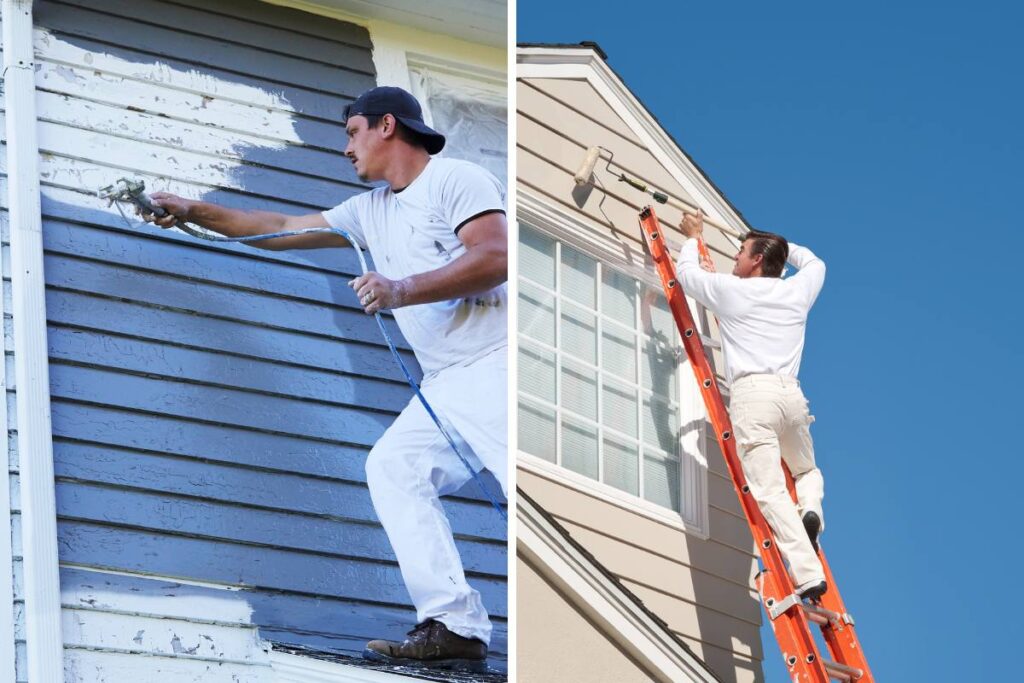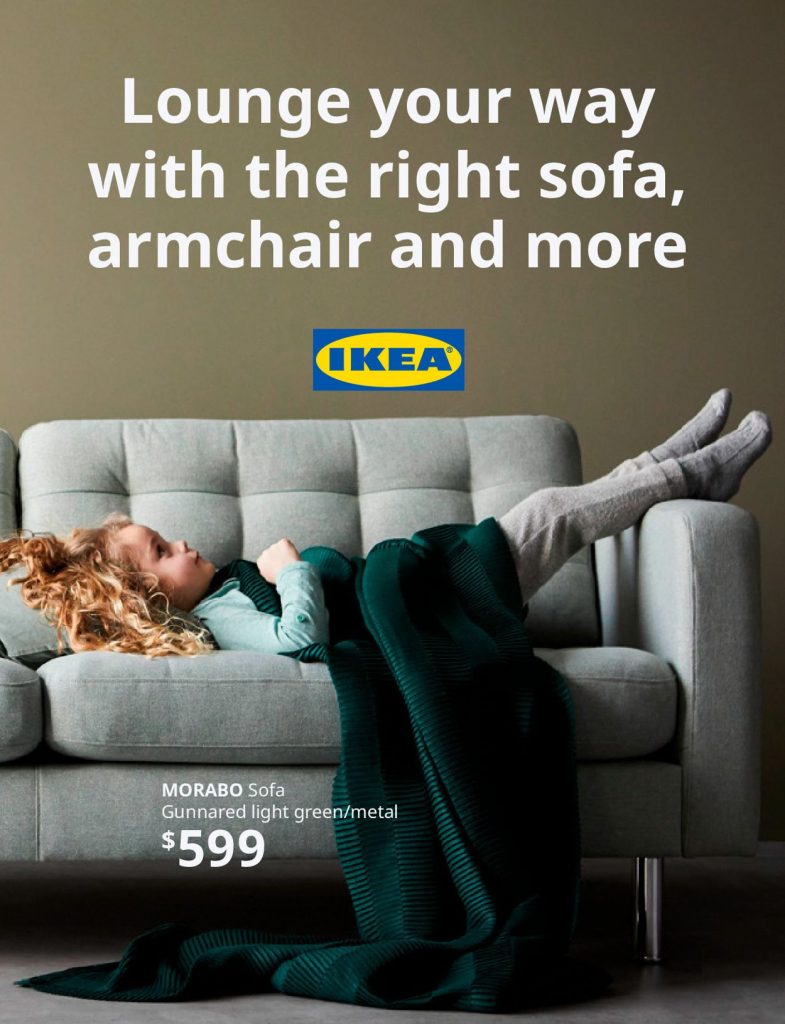
Choosing the Colour Combination That Is Best for Your House Exterior
Choosing the right color combination for the exterior of your house can dramatically enhance its curb appeal and overall value. With endless options available, it can be overwhelming to select the perfect palette. A popular choice among modern homeowners is a charcoal grey house with black trim, which offers a sleek, contemporary look while providing a striking contrast that stands out in any neighborhood.
Understanding the Basics of Color Harmony
When it comes to selecting the ideal color combination for your home’s exterior, understanding color harmony is crucial. Color harmony refers to the aesthetic balance between colors that are pleasing to the eye. It involves using color schemes that complement each other, creating a cohesive look.
Monochromatic
This scheme utilizes variations in lightness and saturation of a single color. It is known for creating a soothing and cohesive look, which is ideal for those who prefer a subtle yet elegant appearance. Using different shades of grey, for example, can add depth and sophistication to your home’s exterior without overwhelming the senses.
Analogous
These are colors that are next to each other on the color wheel. This scheme is often found in nature and is harmonious and pleasing to the eye. It works well for creating a soft and welcoming exterior. For instance, a combination of greens and blues can evoke feelings of tranquility and stability, reflecting the landscape around the home.
Contrast
Using colors on opposite sides of the color wheel, like blue and orange, offers a vibrant look that stands out. This can be particularly striking when applied with a thoughtful approach to the architectural details of a home, making it pop against its surroundings and capturing the eye of passersby.
Triadic
This uses colors that are evenly spaced around the color wheel and tends to be quite vibrant, even if you use pale or unsaturated versions of your hues. A triadic scheme is perfect for a playful and dynamic appearance, which can bring life and energy to more traditional or conservative architectures.
Choosing Colors Based on Lighting and Environment
The surrounding environment and lighting should play a significant role in your color choice. Colors can appear dramatically different under various lighting conditions.
Natural Light
Observe how sunlight affects colors at different times of the day. Light colors may look washed out in bright sunlight, while dark colors like charcoal grey might look more intense and pronounced. It’s important to consider how these shifts in appearance affect the mood and character of your house.
Weather
In areas with a lot of rain or overcast skies, colors can appear gloomier. Brighter or lighter colors can counteract this effect and uplift the appearance. Conversely, a charcoal grey house with black trim can provide a stark, beautiful contrast against snow or foggy conditions, making it stand out in winter landscapes.
Landscape
Consider the colors of your garden and natural surroundings. Homes in areas with lots of greenery might benefit from earth tones or cherry colors that complement the natural colors, or they might opt for a color that provides a dynamic contrast to make the architectural details pop.
Practical Considerations
Beyond aesthetics, practicality is key when choosing your house’s exterior color.
Maintenance
Darker colors tend to show dust and water stains less than lighter colors. If you live in a dusty area or one that gets a lot of snow and rain, a darker color scheme like charcoal grey with black trim might be more practical. This choice reduces the visible wear and maintenance needed to keep the house looking pristine.
Material Compatibility
The materials used in your home’s construction can influence which colors will look best. Wood, for example, naturally pairs well with earthy tones, while metal might look better with bolder colors. The texture and finish of materials should guide your color choices to enhance the natural beauty of the building materials.
Regulations
Some neighborhoods have guidelines or regulations regarding acceptable colors for house exteriors. Make sure to check with any local homeowners’ association or similar governing bodies before making your final decision. This ensures that your chosen palette not only satisfies your personal taste but also complies with community standards.

Selecting the right color combination for your house’s exterior involves a blend of aesthetic preferences, environmental factors, and practical considerations. Whether you choose a bold scheme like a charcoal grey house with black trim or a more subdued palette, the key is to choose colors that not only suit your personal taste but also enhance the unique style and features of your home. Remember, the right colors can turn a house into a home.
